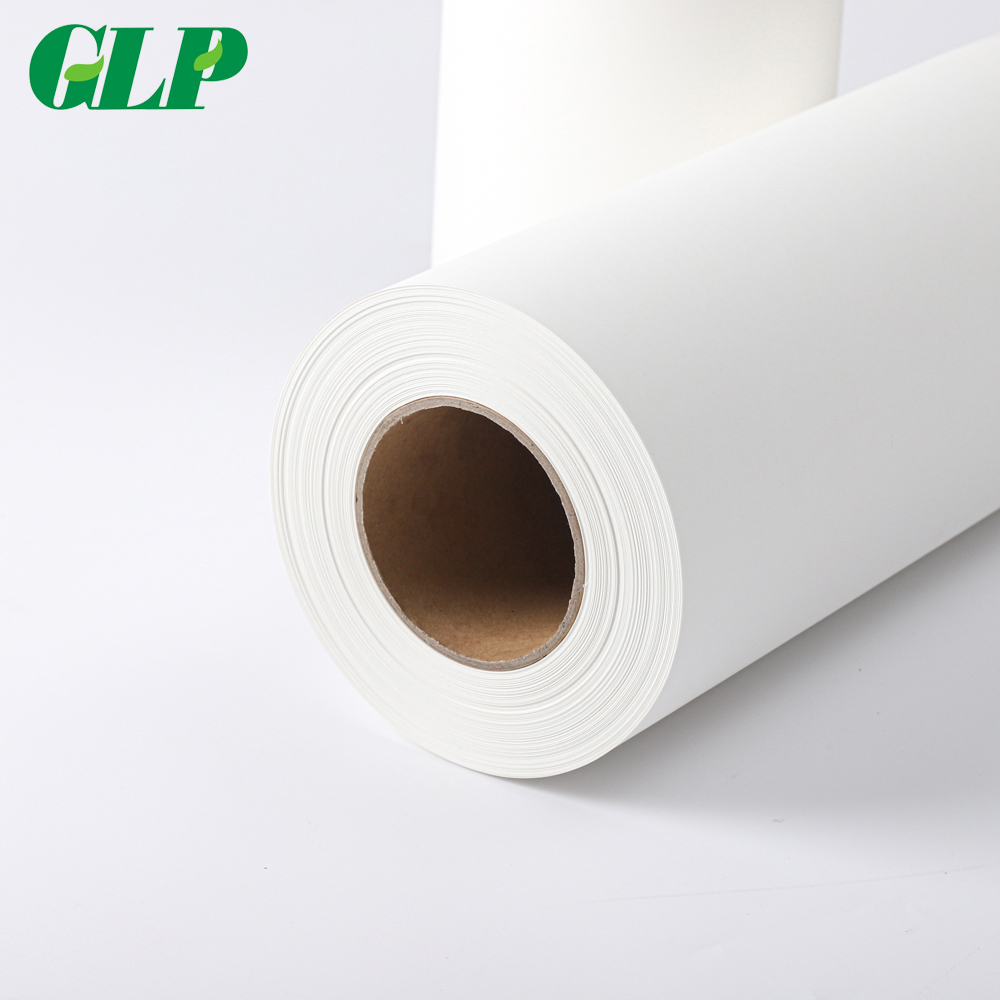1. The padding material (cotton cloth, sponge, cardboard, etc.) under the flatbed thermal transfer machine will absorb ink moisture during the transfer process, which will cause excessive water vapor during transfer, causing the color of the pattern on the transferred cloth to fade. Or there may be local aerosol or water-like interference. Therefore, regular heat pressing for a few times before and during the transfer process can improve the situation by evaporating the moisture on the cotton pad. If possible, it should be replaced in time. Dry padding material. 2. The printed pattern and the fabric to be transferred should be kept away from moisture. Otherwise, during transfer, especially the roller press, the paper will easily become soft and wrinkled, and stripes will appear on the cloth when transferred. Moreover, the transfer rate will become low, the color of the pattern will not be bright, and in severe cases, the edges of the pattern outline will melt. There will be a color difference between dry transfer printing and damp transfer printing cloth. The more damp the cloth is, the more serious the situation will be. Due to the above factors, the printed paper (to be transferred) and fabric should be placed in a dry room, and the humidity should be controlled below 60%. 3. When transfer paper is transferred under a flat press, ghost images sometimes occur. The reason is that the transfer paper is relatively flat during heat transfer and will not bend immediately when heated under the press. The paper and fabric can be flat. . When the heat platen is lifted during heat transfer, the paper will be adsorbed to the upper platen together with the fabric, and then fall down. At this time, the high-temperature transfer paper falls on the fabric and causes a secondary transfer, forming a very light ghost image. In order to avoid ghosting, you can take the following solutions: ① Reduce the rising speed. We can adjust the cylinder (or hydraulic cylinder) speed regulating valve (throttle valve or throttling valve) on the flatbed heat transfer press, and turn down the valve that controls the lifting of the pressure plate to slow down the lifting speed of the pressure plate. In this way, the paper and fabric will not be easily sucked up together when the platen is lifted, which can avoid the problem of falling and secondary transfer causing ghost images. ② Dip the four corners in water. If the transfer paper is smaller than the fabric, you can apply a little water (a small dot, ≤0.5 square centimeters) on the 4 corners of the transfer paper where the pattern is not printed, and then cover it on the fabric for transfer. Adhesion, after transfer, it will not be misaligned with the fabric to produce a secondary transfer ghost image. After transfer, if there is a burnt yellow color on the fabric where the water was applied, it can be wiped off with clean water. ③ Covering method. If the transfer paper is larger than the fabric and can cover the surface of the fabric, then the paper and fabric will generally not be sucked up by the hot pressing plate. This is because the physical reason for being sucked up is the electrostatic effect of the fabric. When the paper covers the fabric, it cuts off the fabric. The electrostatic effect on it will prevent it from being sucked up and dropped for secondary transfer. ④ Use special adhesive transfer paper. The best way to avoid ghosting is to use special sticky transfer paper. The sticky transfer paper will stick to the fabric during transfer, so that no matter how the paper and fabric are sucked up and dropped, the paper and fabric will always stick together. Together, it eliminates the possibility of ghosting caused by shifting. The use of sticky paper can greatly improve the convenience of operation and the pass rate of mass production.

